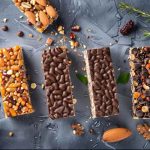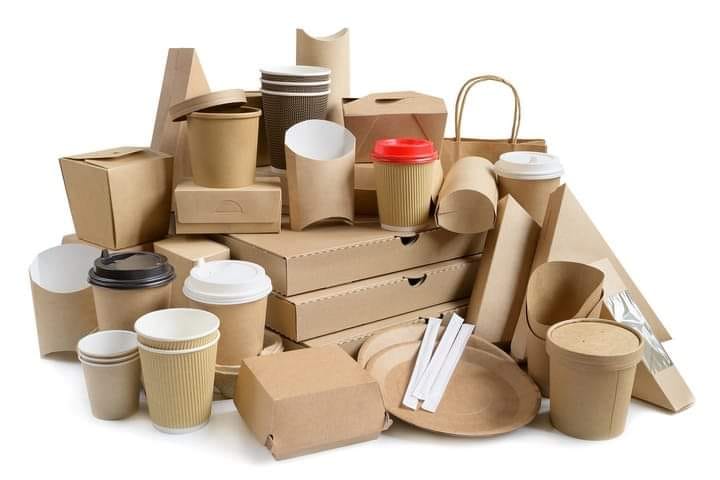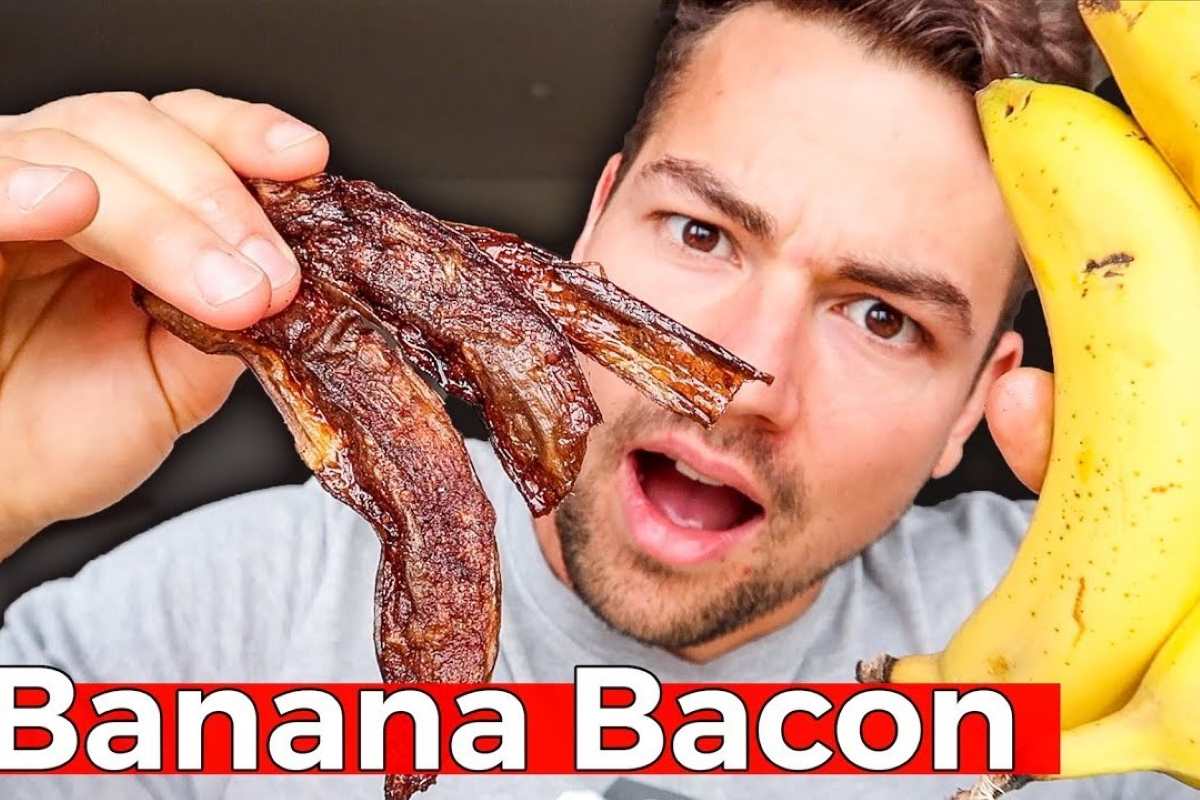Who would have thought that Kraft paper food packaging would become a thing, despite all the advanced innovations springing up? Some time ago, Kraft was ruled off as ‘that brown paper.’ However, it is slowly emerging as the poster kid of the sustainable packaging revolution.
The world is gaining increased awareness of the dangers of plastic contamination. Scientific studies are finding traces of microplastics in food, and many manufacturers are trying to retain their customers by replacing plastics with eco packaging materials. This mass migration from plastics is driving a renewed interest in kraft, which is living up to the challenge by being strong, recyclable and environmentally friendly.
This piece promises to provide insights into how Kraft fits into the sustainable food packaging agenda. The future can be green, if we choose, and Kraft can be one of the foot soldiers to take us there.
What Exactly Is Kraft Paper?
Kraft, like most other types of paper, is made from wood pulp. However, this customarily brown paper is produced through a chemical pulping method called the kraft process. The output of the special pulping method is a strong paper that is utilized in a wide range of applications, particularly those that require material strength and durability.
The primary goal of the kraft processing of wood chips into pulp is to strip off the lignin component and retain pure fibers of cellulose. Of course, the process is more complex than discussed here and involves multiple chemical reactions, some occurring at very high temperatures. Nonetheless, the end game is to isolate durable cellulose fiber during the kraft process.

After the chemical pulping reactions, kraft paper naturally takes on its signature brown color. However, to obtain white kraft, the cellulose is bleached right after the pulping process. In contrast, black kraft, or other shades of pastel, can be obtained by adding the appropriate dye after or during the chemical pulping.
Kraft is considered an eco-friendly packaging material because it is recyclable. The number of times Kraft paper can be recycled is largely dependent on the length of the cellulose fiber after repurposing. When the cellulose fiber strands remain long, they form complex networks and yield strong kraft paper. However, if after repeated recycling, the process yields short-fiber cellulose, fresh wood pulp may be added to revitalize the batch. The Environmental Protection Agency (EPA) pegs the maximum number of times paper can be recycled at seven. However, Milgro, a European startup, suggests that the recyclability of paper does not necessarily make it eco-friendly. The start-up affirms that the overall environmental impact of the recycling process would be a better metric for assessing the sustainability of recycled paper.
ALSO READ: Edible Insects: The Sustainable Protein Source That’s Hard to Swallow
Why Food Companies Are Turning to Kraft
In the past decade, a handful of cities around the world have banned the use of single-use plastics. California passed a law to this effect in 2014, Kigali fleshed up its plastic use law in 2019, Mexico City in 2021, Abu Dhabi in 2022, and Lagos in 2025. Unfortunately, plastics have been the primary packaging material for many businesses, including those in the food industry. So, to retain market share in cities that have banned single-use plastic, food companies are transitioning to eco packaging materials. Likewise, in parts of the world where such legislation is not yet in force, paper vs plastic food wrap is driving purchase decisions among health-conscious customers.

So, Kraft paper is coming to the rescue of many food companies as a recyclable packaging solution. Kraft paper food packaging is becoming popular largely because it is moisture- and grease-resistant. Similarly, Kraft holds together quite nicely and does not tear easily, particularly when handled properly.
Already, many food establishments are proving kraft paper to be a competitive plastic alternative packaging. Some are using it for takeaway boxes, produce bags, sandwich sleeves and bakery wraps.
Sustainability Credentials
Kraft paper food containers can be either biodegradable or compostable, depending on the coating type. A compostable and recyclable brown paper food wrap will decompose into natural components. This decomposition will equally follow a predictable timeframe, so far appropriate conditions are supplied.
On the contrary, biodegradable food packaging breaks down after use, but may leave residues behind. Consequently, Kraft paper food packaging can be said to be ‘biodegradable’ if its coating takes an unpredictably long time to decompose. In addition, the decomposition process, even after completion, may leave traces of microplastics behind.
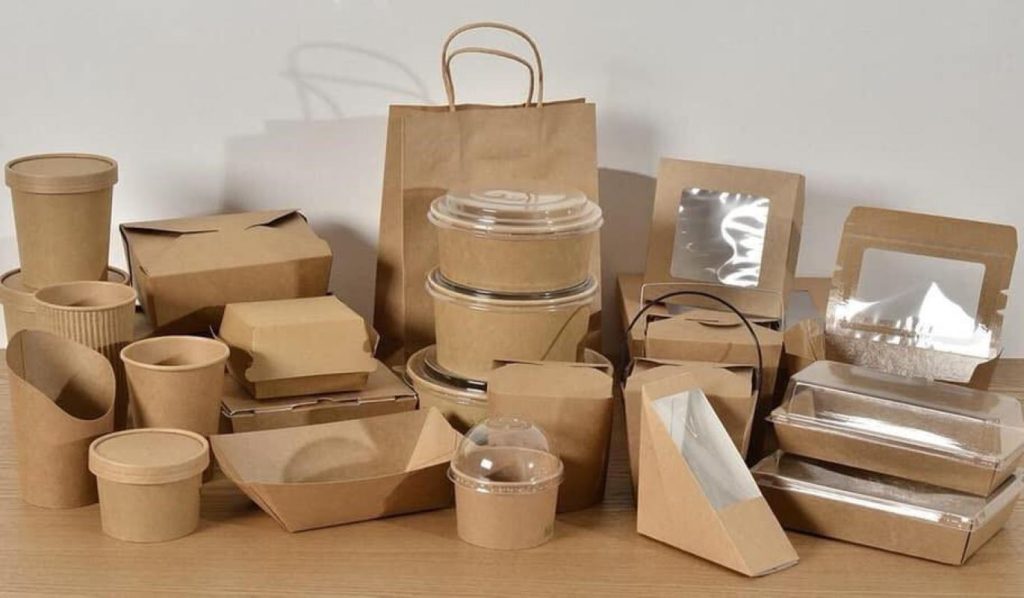
However, in comparison to plastic laminates and films, kraft paper food containers are better off as packaging solutions. For one, Kraft packaging sustainability is a better bargain, relative to the ‘greenest’ plastics, because of its low carbon footprint.
To save themselves the trouble of investigating the environmental impact of their plastic alternative packaging, some food brands go for kraft from eco-certified sources. For instance, some food vendors don’t go for a Kraft paper source organization if they’re not certified by the Forest Stewardship Council (FSC). What an FSC certification tells potential clients is that the wood chips for the paper came from humanely managed forests.
Innovations in Kraft Packaging
Innovations in kraft paper food packaging do not entail redesigning the kraft manufacturing process. On the contrary, it means incorporating technological innovations to packaging solutions to confer a targeted benefit. For instance, there are now Kraft packaging solutions that incorporate transparent, and equally biodegradable windows for product assessments. While futuristic, there are also concepts of plantable kraft. You know, the package designer embeds preselected seeds into the corrugated walls of boxes. However, let’s have a look at some Kraft innovations that are already common.
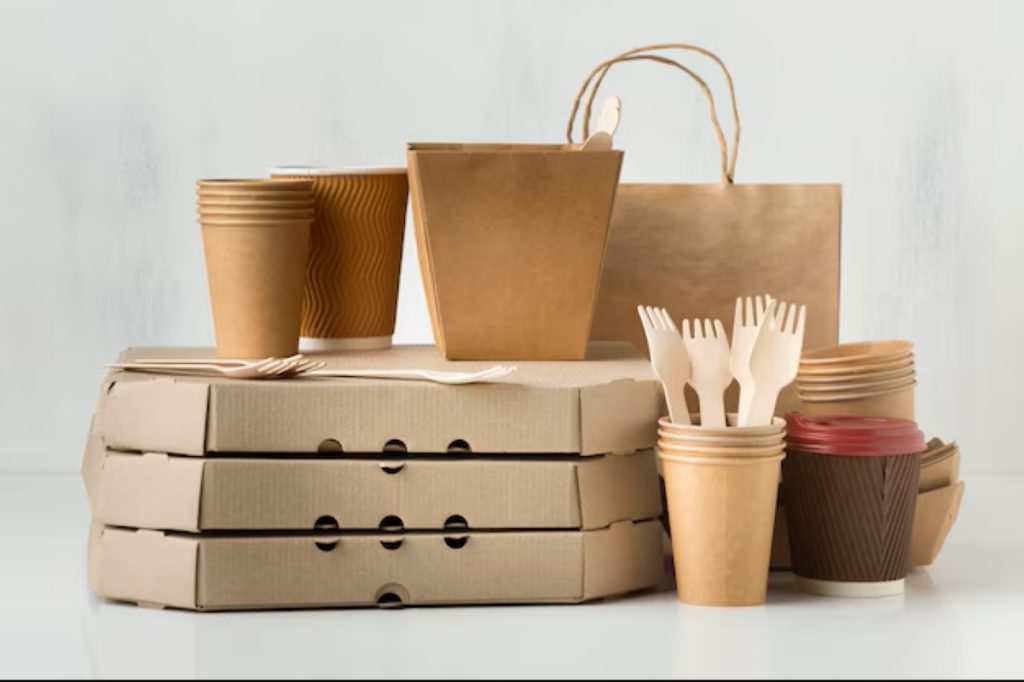
Barrier-Coated Kraft Paper
This caters for food vendors who need packaging solutions for liquid foods using kraft. To make this possible, kraft manufacturers simply replace plastic liners with coated and food-friendly kraft material.
Hybrid Kraft Packaging
To allow potential customers to see through package material, manufacturers often love incorporating transparent films—usually plastics. However, there are now hybrid kraft paper food packaging that incorporates transparent films made from cellulose.
Premium and Artisanal Branding
Due to the durability of kraft paper, making branded and premium prints on it can be easier than on other packaging materials.
Limitations and Challenges
It is only fair to admit that Kraft paper food packaging is not all roses without thorns. Adopters can encounter a couple of bottlenecks, albeit mostly possible to work around.
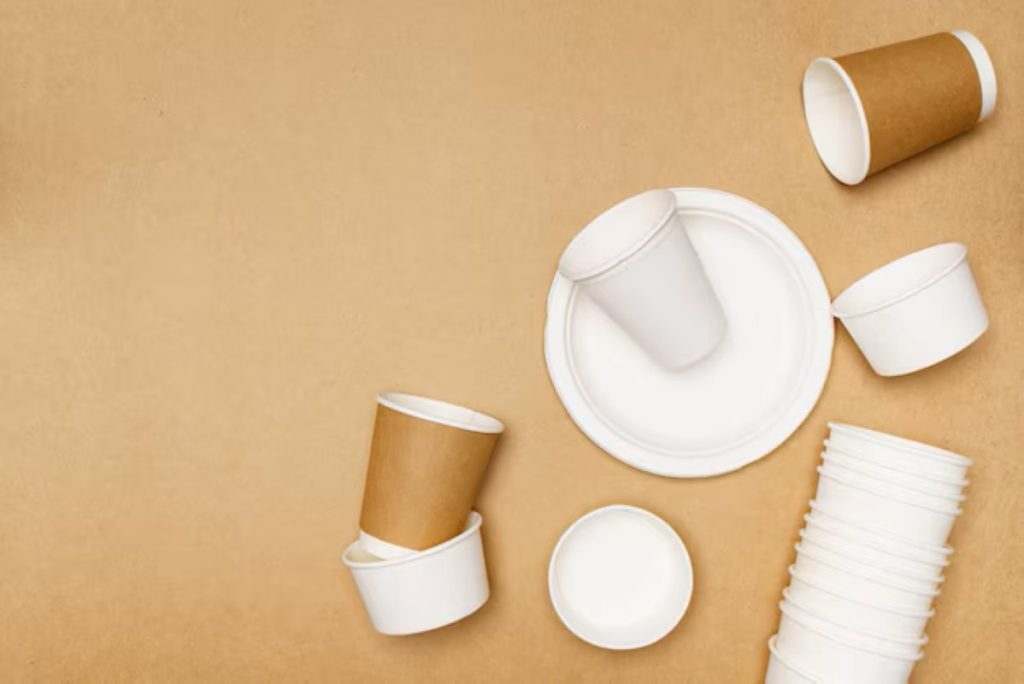
- Kraft recycling can become complex and problematic when mixed with non-paper materials.
- Due to the proliferation of plastics, it can be relatively cheaper than kraft. Consequently, Kraft’s packaging sustainability will come at an added price.
- Only coated kraft can handle liquid or high-moisture food products.
ALSO READ: The Business of Diwali Snacks: How Indian Food Brands Cash In on the Festival of Lights
The Future Outlook
According to Statista, the global paper market is racing to hit the $490 billion valuation mark by 2034. This is one of many telltale signs that sustainable packaging will take the grand stage in the coming years.
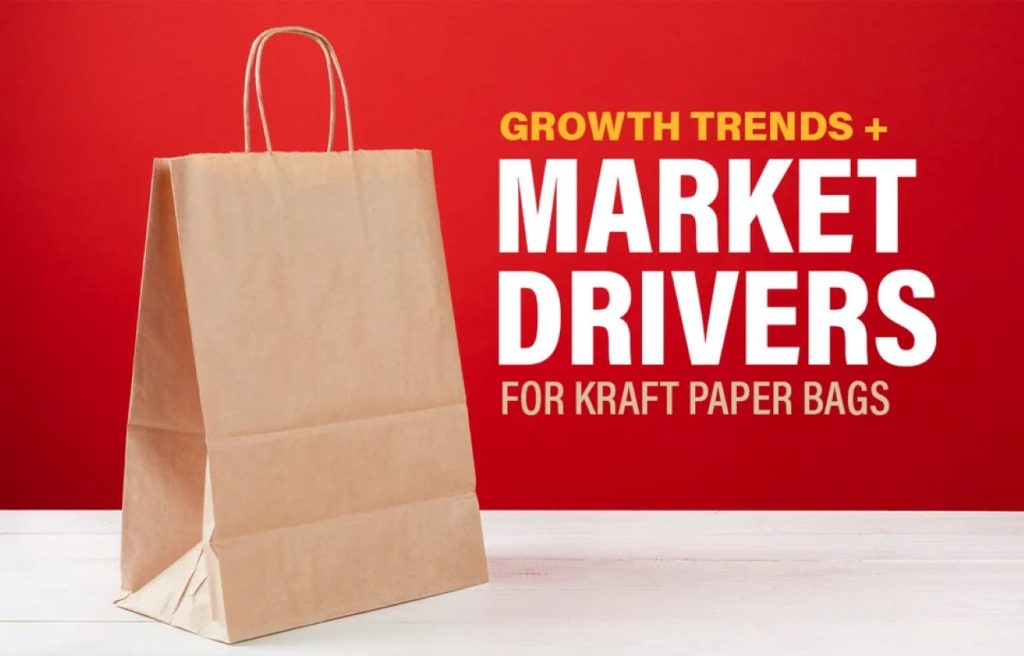
Similarly, multiple organizations are investing in research into bio-based coating and nano-cellulose reinforcements. Breakthroughs in paper coating and Kraft LCA studies, will make kraft paper food packaging tick as many boxes as their plastic counterparts. All the aforementioned features and prospects of kraft paper adequately aligns it with circular economy models.
Kraft is not a new food packaging material. Nonetheless, the global waste management pact is driving food manufacturers to migrate from plastics to environmentally friendly alternatives. Kraft paper is top of the list of contenders for a global sustainable packaging solution.
Strong, simple, and sustainable — kraft proves that sometimes the greenest solutions are the ones we’ve known all along.





